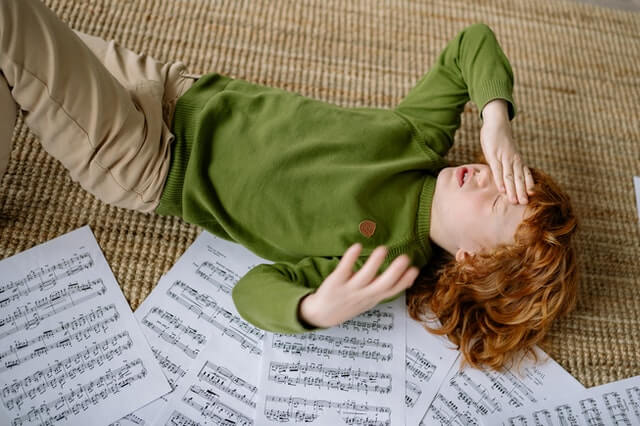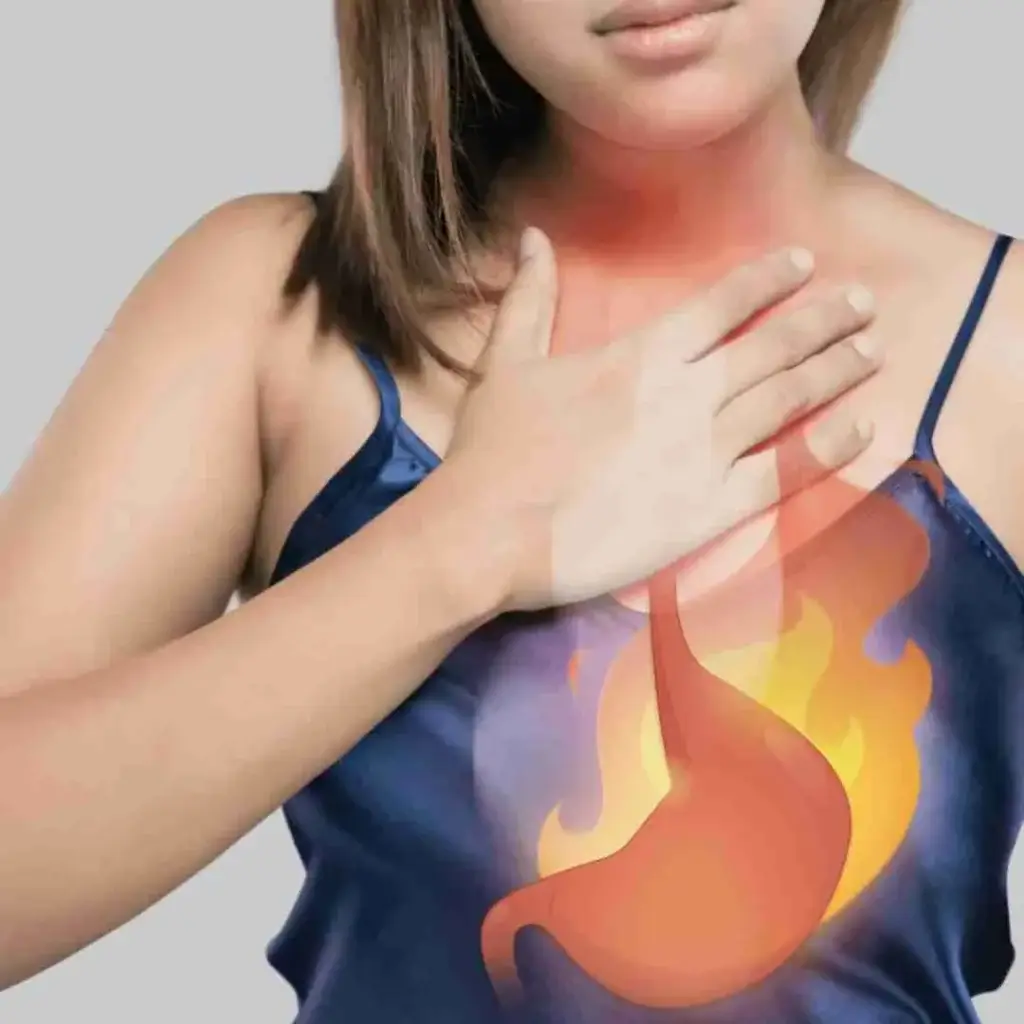JUNE is Migraine Awareness Month…Children Get Recurring Migraines Too! Pediatric Migraine Facts
Many people don’t know that children also get migraines. Every day millions of parents watch helplessly as their children suffer from debilitating migraine attacks.
Migraines in children often go undiagnosed because unlike adults, children can not easily communicate to their parents or physicians just what type of symptoms they’re experiencing.
Many times they’re too young to articulate what they’re feeling so migraines go untreated for a long time. In many cases crying, lack of focus and symptoms of depression are attributed to things other than the actual problem.
Fortunately children who suffer chronic migraines are great candidates for prevention.
CHILDREN’S MIGRAINE SYMPTOMS SHOULD NOT BE DISMISSED…
Migraines interfere with all aspects of a child’s life, cause permanent changes in the brain, and can lead to increased risk of depression. Because it can be difficult for children to convince their parents or teachers that they are really sick, their attendance in school and academic achievement may suffer making it difficult to catch up and adding more undue stress to their lives.
PEDIATRIC MIGRAINE FACTS:
– A migraine is a type of severe, incapacitating headache that can strike suddenly and often with accompanying symptoms of nausea, abdominal pain and vomiting. They are often recurrent.
– About one out of every 10 kids, or nearly 8 million children in the United States alone are plagued by what has become the most common acute and recurrent headache pattern experienced by children today.
– Migraines may occur with or without aura and last in children from 30 minutes to 48 hours. (Migraine aura is the collective name given to the many types of neurological symptoms that may occur just before or during a migraine such as visual, sensory, motor or verbal disturbance.)
– Common precursors and symptoms of child migraine; cyclical vomiting, abdominal migraine pain, vertigo, and sensitivity to light.
-Approximately 20% of children with migraines have their first attack before the age of 5.
-Approximately 20% of adult migraine sufferers report onset before age 10.
-Migraines are more common in boys than girls until girls begin menstruation
– Migraine in children can differ from migraine in adults. Non-headache and neurological symptoms (aura) may be more prominent than the headache.
– Child Migraine is often underdiagnosed by doctors, possibly due to the prominence of non-headache symptoms

Do your kids suffer from migraine?
The Four Stages of Migraine Headaches
Migraines often progress through four stages. Your child may or may not have all four stages. And the stages may not be the same every time a migraine occurs.
- Prodrome: In this early stage, your child may feel tired, uneasy, or moody. It may be hours or days before the headache pain begins.
- Aura: Up to an hour before a migraine, your child may experience an aura (odd smells, sights, or sounds). This may include flashing lights, blind spots, other vision problems, confusion, or trouble speaking.
- Headache: Your child has pain in one or both sides of the head. Your child may feel nauseated and have a strong sensitivity to light, sound, and odors. Vomiting and/or diarrhea may also occur. This stage can last anywhere from 48-72 hours.
- Postdrome or recovery: For about a day after the headache ends, your child may feel tired, achy, and exhausted.
What Causes Migraine Headaches?
It is not clear why migraines occur. If a family member has migraines, your child may be more likely to have them. Many people find that their migraines are set off by a “trigger.” Common migraine triggers include:
- Chemicals in certain foods and drinks, such as aged cheeses, luncheon meats, chocolate, coffee, sodas, foods containing MSG. etc.
- Chemicals in the air, such as tobacco smoke, perfume, glue, paint, or cleaning products
- Dehydration
- Not enough sleep
- Hormonal changes in the body during puberty
- Environmental factors, such as bright or flashing lights, hot sun, weather or air pressure changes
What Are the Symptoms of Migraine Headaches?
Your child may have some or all of the following symptoms:
- Pain, often severe, occurring in a specific area of the head (such as behind one eye)
- Aura (odd smells, sights, or sounds)
- Nausea and/or vomiting, or diarrhea
- Sensitivity to light or sound
How Are Migraine Headaches Prevented and Treated?
The goal is to try to stop a migraine headache in its early stages.
- Work with your child to learn his or her triggers. Then, you can talk about ways to avoid these triggers when possible.
- Have a nonsteriodal anti-inflammatory drug (NSAID), such as ibuprofen, available to your child at all times. This includes during school and after-school activities. If your child feels the prodrome or aura stage of migraine, he or she should take the NSAID right away. (Be sure your child follows the dosage instructions given by the health care provider.)
If your child’s headache pain has already started:
- Give the child a dose of an NSAID such as Ibuprofen
- Have him or her lie down in a dark, quiet room.
- Apply a cold compress over your child’s face and eyes (if your child wishes).
- Have your child stay quiet and still until the pain goes away.
Call your child’s health care provider right away if your child has any of the following:
- Fever and stiff neck with a headache
- In an infant under 3 months old, a rectal temperature of 100.4°F (38.0°C) or higher
- In a child 3 to 36 months, a rectal temperature of 102°F (39.0°C) or higher
- In a child of any age who has a temperature of 103°F (39.4°C) or higher
- A fever that lasts more than 24-hours in a child under 2 years old, or for 3 days in a child 2 years or older
- A seizure caused by the fever
- Headache pain that does not respond to NSAIDs
- Headache pain that seems different or much worse than previous episodes
- Headache upon awakening or in the middle of the night
- Dizziness, clumsiness, or other changes with a headache
- Migraines that happen more than once a week or suddenly increase in frequency
Why you should control your child’s migraines NOW rather than later:
Researchers are discovering “migraines beget migraines” – the more migraines one has, the greater the tendency for future migraines. Evidence shows an increased sensitivity after each successive attack, eventually leading to chronic daily migraines in some individuals. In order to avoid a lifetime of migraines, it is imperative to lower the frequency and intensity of migraines as soon as possible.

Why Children’s MigreLief should by your first choice:
Comprehensive Support for Neurological Health with a Proven Track Record
Formulated to address the problem, not just treat the pain, Migrelief is meant to make a difference, whether your child’s migraines are classic, common, abdominal or complicated (basilar, hemiplegic, etc.)
MigreLief Benefits
-Safe and effective for children over the age of 2
-Two international patents have been granted the unique MigreLief formulation
-Recommended by pediatric neurologists
-NO harmful side-effect
-MigreLief’s Triple Therapy™ Ingredients: a vitamin, a mineral, and an herb (Magnesium, Riboflavin (Vitamin B-2) and a proprietary form of the herb Feverfew) have been proven effective
-All 3 ingredients are listed in The American Academy of Neurology’s Guidelines for Migraine Prevention.
-Taken daily as a dietary supplement
-Formulated to address the underlying nutritional deficiencies and imbalances that can cause migraines and that many children sufferers have in common.
-Maintains the already normal cerebrovascular (blood vessels in the brain) tone and function your child has on migraine free days
-Used by thousands of children worldwide and hundreds of thousands of adults.
Note: Children’s MigreLief is safe and gentle for children ages 2-11 and Original MigreLief is for kids ages 12+ Either MigreLief may be crushed and taken with applesauce, yogurt etc. for those children who are unable to swallow caplets of any size.
These statements have not been evaluated by the Food and Drug Administration. This product is not intended to diagnose, treat, cure, or prevent any disease.


